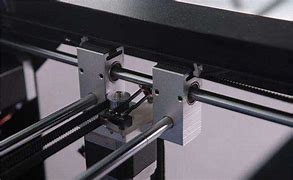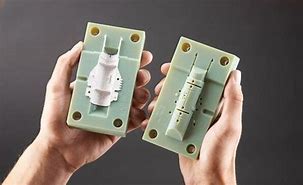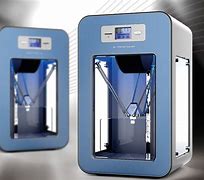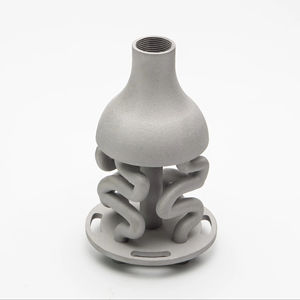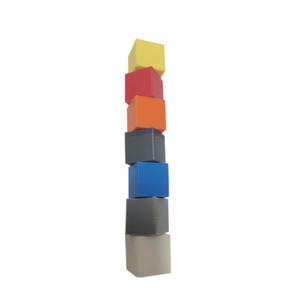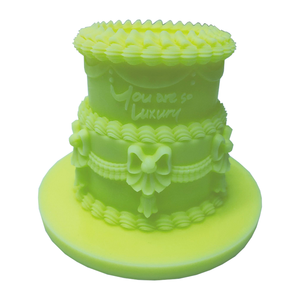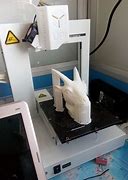Discover a professional 3D printing powder supplier
**Can 3D Printed Metal Parts Hold Back Liquids? Let’s Find Out**
(are 3d printed metal parts liquid tight)
3D printing has changed how we make things. From plastic toys to rocket parts, it’s everywhere. But when it comes to metal parts, people often ask one question: Can these printed pieces keep liquids out? The answer isn’t a simple yes or no. Let’s dig into why.
First, think about how 3D printing works. Metal parts are built layer by layer. A laser or electron beam melts metal powder, fusing it into solid shapes. This method is precise, but those tiny layers can leave gaps or rough surfaces. Imagine stacking sheets of paper. Even if they stick together, water might seep through the edges. The same idea applies here.
The real test is whether these parts can handle liquids without leaking. It depends on a few things. One is the printing method. Techniques like Direct Metal Laser Sintering (DMLS) or Selective Laser Melting (SLM) are popular. Both create strong parts, but their liquid-tightness varies. SLM melts metal completely, leaving fewer gaps. DMLS heats powder just enough to bond it, which might leave microscopic holes.
Material choice matters too. Stainless steel and titanium are common. They’re tough, but how they’re printed affects their sealing ability. Even the best metal can’t fix a poorly printed design.
Post-processing is another key factor. Freshly printed parts often get polished, coated, or heat-treated. For example, sealing surfaces with a smooth finish or using sealant fills tiny cracks. Some industries pressure-test parts to check for leaks. If air can’t escape, neither can liquid.
Now, where does this matter? Think of fuel systems in cars or planes. A leaking pipe could spell disaster. Medical devices like implants also need to block bodily fluids. Even everyday items like water pumps rely on tight seals. Companies are already using 3D printed metal parts in these areas. But they don’t skip testing. Prototypes go through rigorous checks before getting approved.
Still, challenges exist. Printing flawless metal parts takes skill. A small error in the design file or printer settings can ruin the seal. Humidity or temperature shifts during printing might weaken layers. That’s why experts tweak settings like laser power or printing speed. Sometimes, it’s faster to print a part and fix it later than to make it perfect on the first try.
Cost plays a role too. Post-processing adds time and money. For some projects, traditional methods like casting or machining are cheaper. But 3D printing shines when you need complex shapes or lightweight designs. A part with internal channels for cooling? Print it in one go instead of welding pieces together.
What’s next? Better printers and smarter software are closing the gap. New machines print with finer layers, reducing gaps. AI helps spot potential leaks before printing starts. Researchers are even testing hybrid methods—mixing printing with traditional sealing techniques.
(are 3d printed metal parts liquid tight)
So, can 3D printed metal parts be liquid-tight? Absolutely. But it’s not magic. It takes the right tools, materials, and a bit of patience. As the tech improves, these parts will handle liquids as well as anything made the old-fashioned way—maybe even better.

